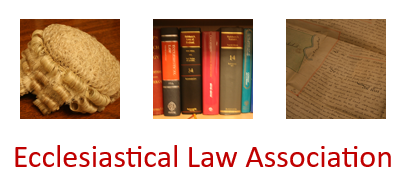Proposals for reordering related principally to the south aisle of the church, which is wider than the nave. The church has a Grade I listing, and is described as "heavily pewed". The main proposal was to remove the pews from the south aisle and replace them with stackable, chrome-framed, upholstered chairs, in order to provide greater and more flexible use of the south aisle, the church not having a church hall. The Chancellor was satisfied that the benefits to the church of replacing the pews outweighed any harm caused by their, and therefore granted a faculty for the replacement of the pews. However, he did not grant permission for chrome-framed chairs, but approved stackable Howe 40/4 chairs in oak frames, which had been considered as an alternative, but were more expensive. Appended to the judgment are further directions regarding the approval of Theo oak stacking chairs made by Chorus.

